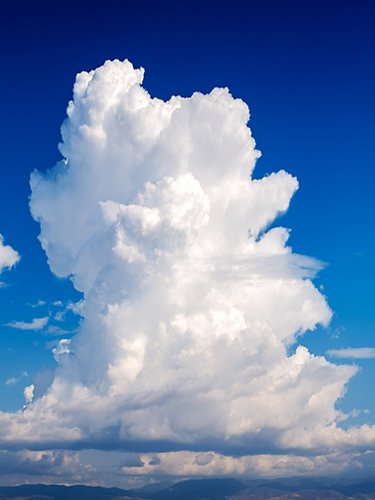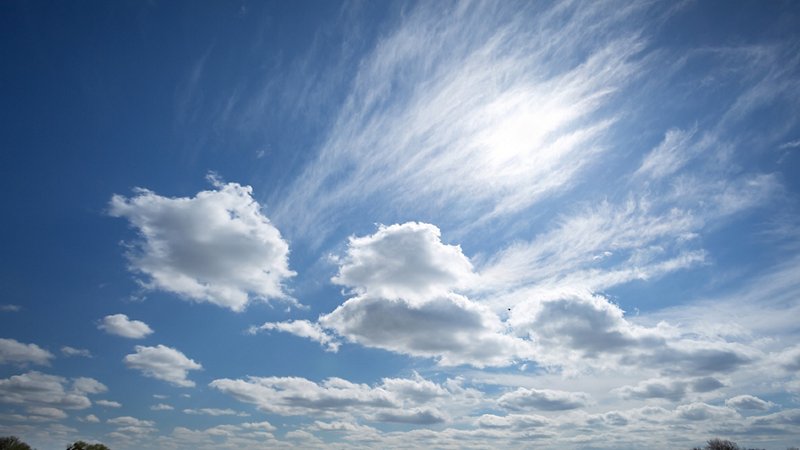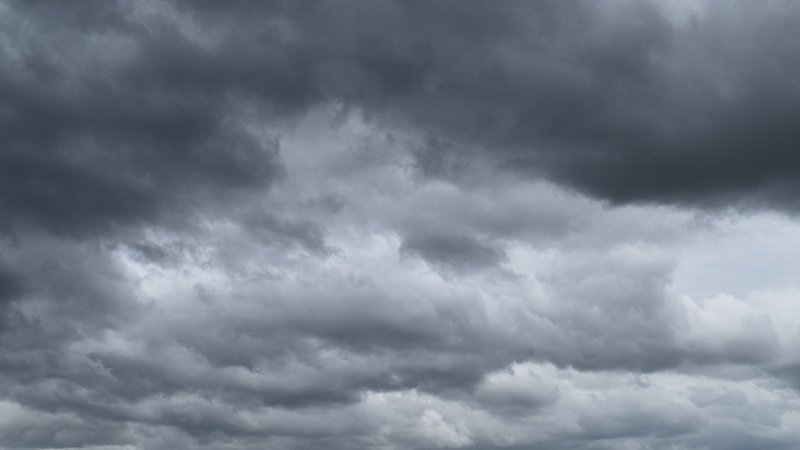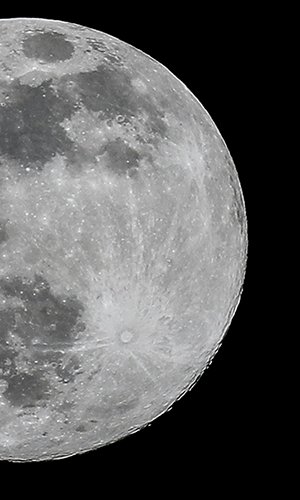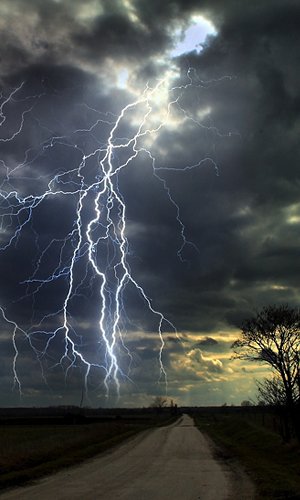The first scientific classification of clouds was made by an English chemist, L. Howard, in 1803, and the classification system that he proposed is, with some modifications, still used today. It is based on two principal groups, divided according to the development (vertical and horizontal) and three types: cirrus, cumulus and stratus clouds. The different combinations of groups and types lead to the different cloud formations.
Stratus clouds, are widely extended horizontal sheets in the lower elevations, and are generally grey.
Cumulus clouds, are dense clouds with a marked outline. They have a typical flat base while the upper part that can reach considerable heights instead is swollen and irregular due to the internal convectional movement.
Cirrus clouds are the typical high altitude clouds, they are formed by ice crystals which characterize their evanescent fibrous shape.
Nimbus clouds are dense clouds with a strong vertical development, with towering forms.
The main types of clouds can be combined together thus obtaining more complex forms


